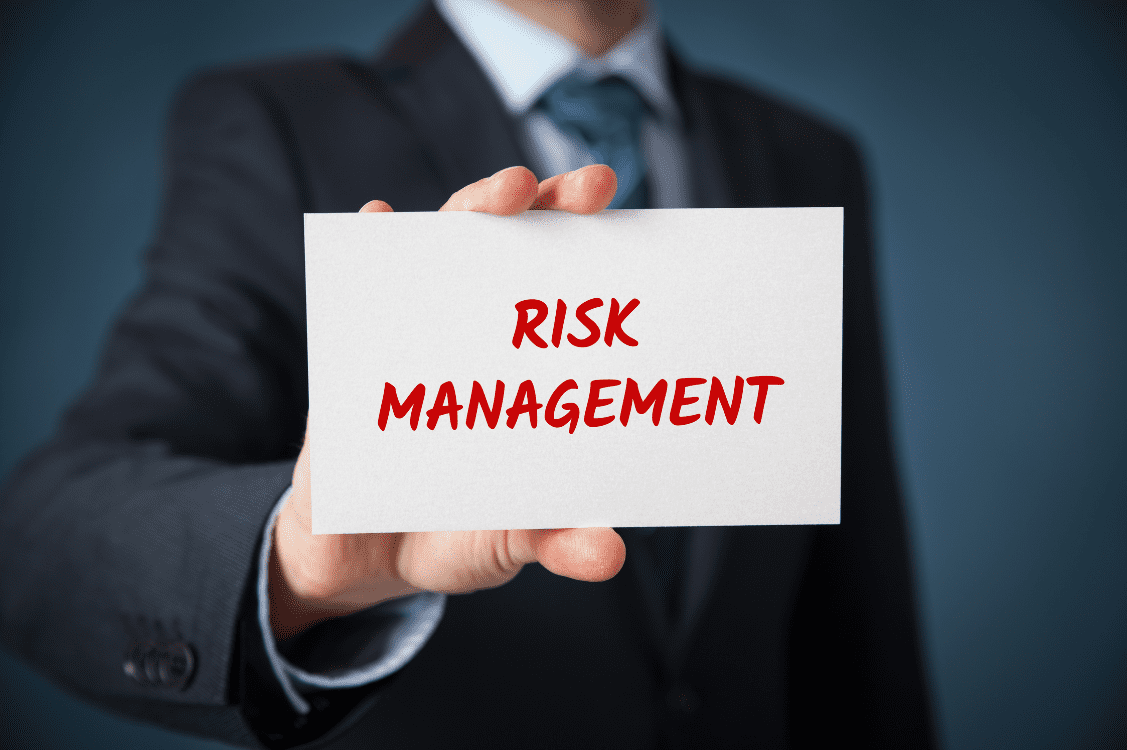The small-scale business landscape in Australia is thriving. The value of small businesses to the Australian economy surged by 15% during 2021-22, contributing to one-third of the country’s GDP—valued at $506 billion.
With its growth also comes a fair set of challenges that small businesses need to navigate to ensure continued growth and success. Some of the most common challenges faced by small businesses in Australia are workforce shortages, rising inflation, energy prices, and economic uncertainty.
In these tumultuous economic conditions, small businesses must take every step possible to establish, streamline, and future-proof their operations. In this context, risk management for small businesses presents tangible and valuable opportunities to achieve these exact goals.
Here is how you, as a small business owner in Australia, can improve your risk management capabilities to future-proof operations and secure a sustained competitive advantage.









